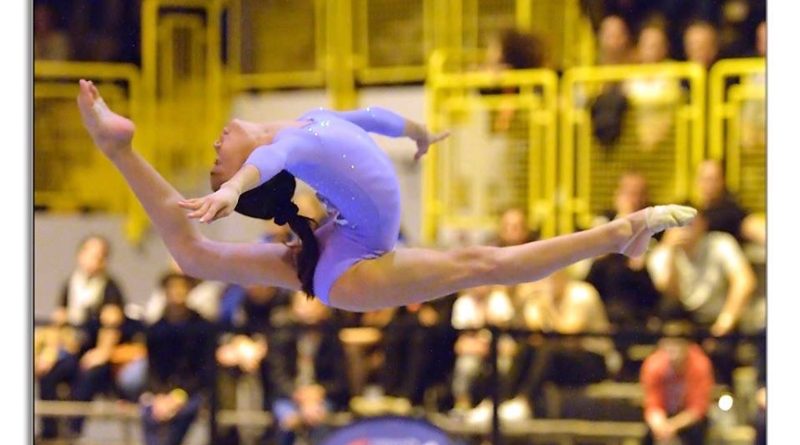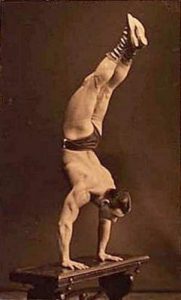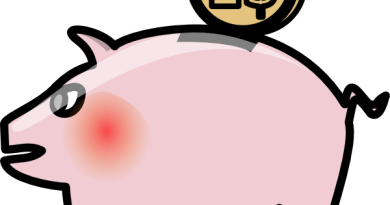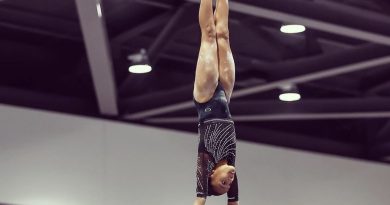“Practice doesn’t make perfect, practice makes permanent.”
OR “Practice doesn’t make perfect, practice makes habits.” 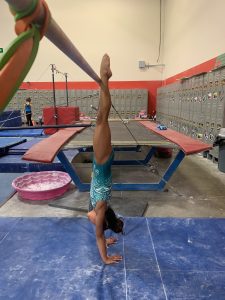
Most of us have heard some iteration of this quote. The first, was spoken to me by my father while practicing pitching (baseball) a multitude of years ago. For the last 25 years, this phrase has lived somewhere in my mind as a constant reminder that poor practice, poor technique, poor fundamentals serve to create poor habits. Time and repetition alone will never produce higher levels of quality. The fallacy that more time automatically creates more success is flawed for many reasons. Though somewhere within the premise there is some small nugget of truth, there is a more profound effect to practice. Practice doesn’t make perfect, but it absolutely creates habits, whether good or bad.
“Should my level 3 workout 10, 12, 16, 25 hours a week?”
An athlete that practices 16 hours a week should in theory and probably in practice have an advantage over someone that practices 2 hours per week. There is no doubt that opportunity to create repetition and to practice more allows the opportunity to improve. The fallacy again, is that simple expenditure of time or repetition will create quality. Let’s look at a beginning baseball player. A young boy begins throwing off the mound and becomes a “pitcher.” He works diligently to begin throwing the ball faster and more precisely. Talent and initial skill show that there is opportunity to become a pretty good player. Therefore the boy practices more and begins to dabble with different grips and different deliveries. Young bodies can generally handle more wear and tear and can rebound faster. Some of the habits that are created is his delivery may not be biomechanically solid or ideal but he doesn’t feel a problem developing. His pitching motion does not utilize his legs enough for power. His follow through does not have a “parachute” technique to decrease forces on the elbow and shoulder at the end of the throwing motion. So the boy continue to throw… and 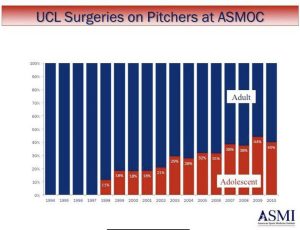 throw… and throw…. Eventually we all can see what’s coming, the boy “throws out” his arm. His elbow begins to hurt and he can no longer pitch with the same power or velocity because of pain and discomfort.
throw… and throw…. Eventually we all can see what’s coming, the boy “throws out” his arm. His elbow begins to hurt and he can no longer pitch with the same power or velocity because of pain and discomfort.
What began with the purest intentions and a love of sport, ends with an injury that derails a path for a young boy that enjoys pitching. There was no lack of care in the process to improve. There was no mean and cruel coaching or making the kid pitch when hurt. There was simply a lack of understanding and knowledge of what created the best pitching motion and what the correct developmental path looks like for a young boy that loves to pitch. He simply did too much with technique that was less than ideal.
Proper Mechanics helps absorb force more efficiently. Proper strength training ensures the body has the ability to withstand the rigors of our training regimen.
The previous example of a young pitcher is easy to follow. It involves one skill and one linear progression towards injury. Gymnastics is a complicated sport and it creates so much force on different parts of the body all the time that it is difficult to quantify and keep track of impacts, hyper-extensions, rebounds, etc. But we can see similar issues that 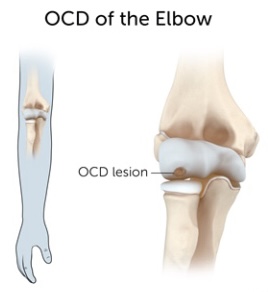 develop over time. We have young athletes that love the sport and always want to play and do more. They want to come to the gym every day and do extra and learn that next skill that is exciting and fun. We as coaches so often allow a certain technique to exist and continue that might over time create too much pressure on the lumbar spine and though the young girl or boy doesn’t complain for the first few years, eventually that flaw creates pain, discomfort and injury. We have gymnast wrist, OCD, back fractures, chronic ankle pain, shoulder and hip labrum issues, etc. Most of these issues are a result of lots of reps done with poor or mediocre technique. Maybe even if they have solid technique, but just keep going because they have time in practice to do more. The moral of the story is this… More is not more… More can easily become less the farther into the journey we travel because we become limited through overuse issues that might have been avoidable. Sometimes a more deliberate and plodding path would create a longer journey that looks slower but in reality, creates longevity and healthier, more successful activity down the line.
develop over time. We have young athletes that love the sport and always want to play and do more. They want to come to the gym every day and do extra and learn that next skill that is exciting and fun. We as coaches so often allow a certain technique to exist and continue that might over time create too much pressure on the lumbar spine and though the young girl or boy doesn’t complain for the first few years, eventually that flaw creates pain, discomfort and injury. We have gymnast wrist, OCD, back fractures, chronic ankle pain, shoulder and hip labrum issues, etc. Most of these issues are a result of lots of reps done with poor or mediocre technique. Maybe even if they have solid technique, but just keep going because they have time in practice to do more. The moral of the story is this… More is not more… More can easily become less the farther into the journey we travel because we become limited through overuse issues that might have been avoidable. Sometimes a more deliberate and plodding path would create a longer journey that looks slower but in reality, creates longevity and healthier, more successful activity down the line.
We should absolutely let go of the belief that, “more is better”…. More is simply more. Efficiency is always Goal Number 1!!! How can I create the best quality and consistency with the least numbers possible? Practice doesn’t make perfect. Great practice with disciplined and focused effort can create good habits though! Sharpen the Axe!

